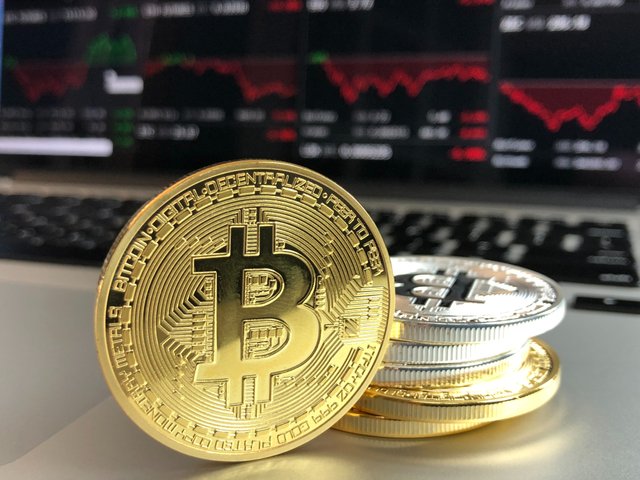
There are several types of wallets that provide different ways to store and access your digital currency. Wallets can be broken down into three distinct categories – software, hardware, and paper. Software wallets can be a desktop, mobile or online.
Desktop: wallets are downloaded and installed on a PC or laptop. They are only accessible from the single computer in which they are downloaded. Desktop wallets offer one of the highest levels of security however if your computer is hacked or gets a virus there is the possibility that you may lose all your funds.
Online: wallets run on the cloud and are accessible from any computing device in any location. While they are more convenient to access, online wallets store your private keys online and are controlled by a third party which makes them more vulnerable to hacking attacks and theft.
Mobile: wallets run on an app on your phone and are useful because they can be used anywhere including retail stores. Mobile wallets are usually much smaller and simpler than desktop wallets because of the limited space available on mobile.
Hardware: wallets differ from software wallets in that they store a user’s private keys on a hardware device like a USB. Although hardware wallets make transactions online, they are stored offline which delivers increased security. Hardware wallets can be compatible with several web interfaces and can support different currencies; it just depends on which one you decide to use. What’s more, making a transaction is easy. Users simply plug in their device to any internet-enabled computer or device, enter a pin, send currency and confirm. Hardware wallets make it possible to easily transact while also keeping your money offline and away from danger.
Paper: wallets are easy to use and provide a very high level of security. While the term paper wallet can simply refer to a physical copy or printout of your public and private keys, it can also refer to a piece of software that is used to securely generate a pair of keys which are then printed. Using a paper wallet is relatively straightforward. Transferring Bitcoin or any other currency to your paper wallet is accomplished by the transfer of funds from your software wallet to the public address shown on your paper wallet. Alternatively, if you want to withdraw or spend currency, all you need to do is transfer funds from your paper wallet to your software wallet. This process, often referred to as ‘sweeping,’ can either be done manually by entering your private keys or by scanning the QR code on the paper wallet.
Hi! I am a robot. I just upvoted you! I found similar content that readers might be interested in:
https://www.youtube.com/watch?v=NI0OsEL92_0Downvoting a post can decrease pending rewards and make it less visible. Common reasons:
Submit
Thanks, cheetah. I just back today in my account on steemit after 2 years. I found this content in my old file and posted here but don't know about it. Thanks for your support, I shall be careful in future before posting and you shall see my new work here. Thank you again for supporting me.
Downvoting a post can decrease pending rewards and make it less visible. Common reasons:
Submit
Hello @sweetsajid! This is a friendly reminder that you have 3000 Partiko Points unclaimed in your Partiko account!
Partiko is a fast and beautiful mobile app for Steem, and it’s the most popular Steem mobile app out there! Download Partiko using the link below and login using SteemConnect to claim your 3000 Partiko points! You can easily convert them into Steem token!
https://partiko.app/referral/partiko
Downvoting a post can decrease pending rewards and make it less visible. Common reasons:
Submit
Congratulations @sweetsajid! You received a personal award!
You can view your badges on your Steem Board and compare to others on the Steem Ranking
Vote for @Steemitboard as a witness to get one more award and increased upvotes!
Downvoting a post can decrease pending rewards and make it less visible. Common reasons:
Submit